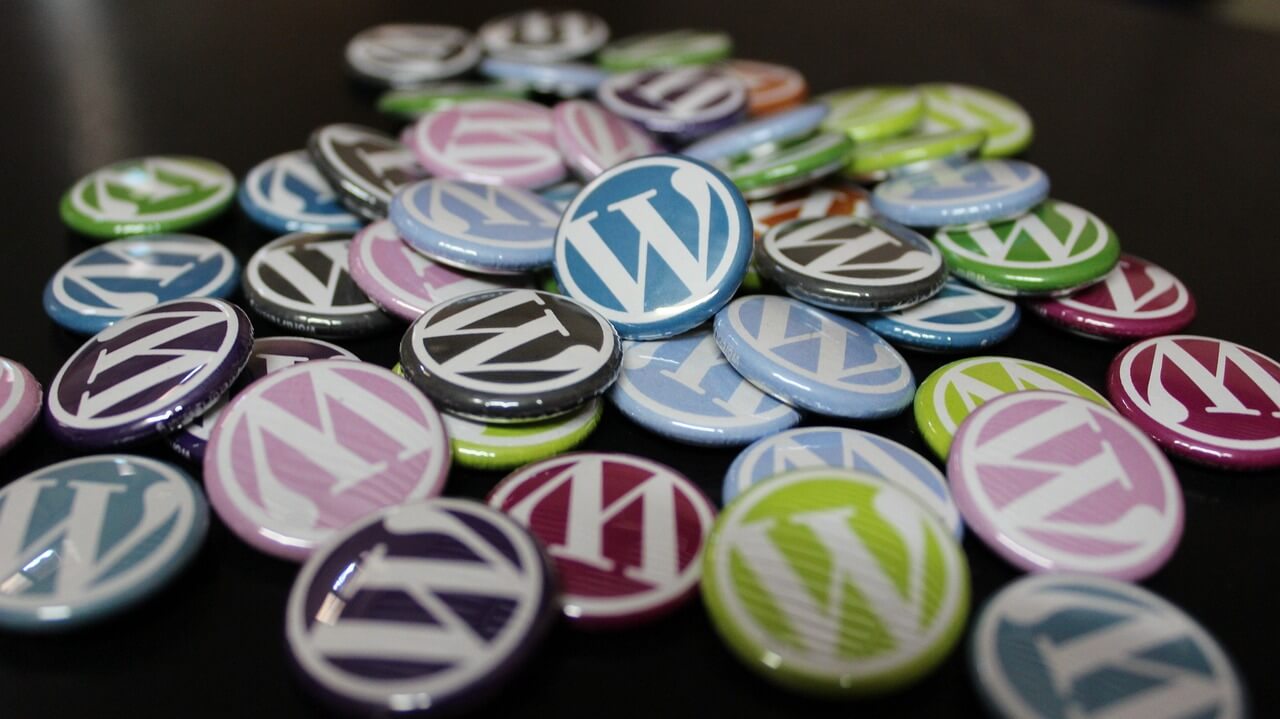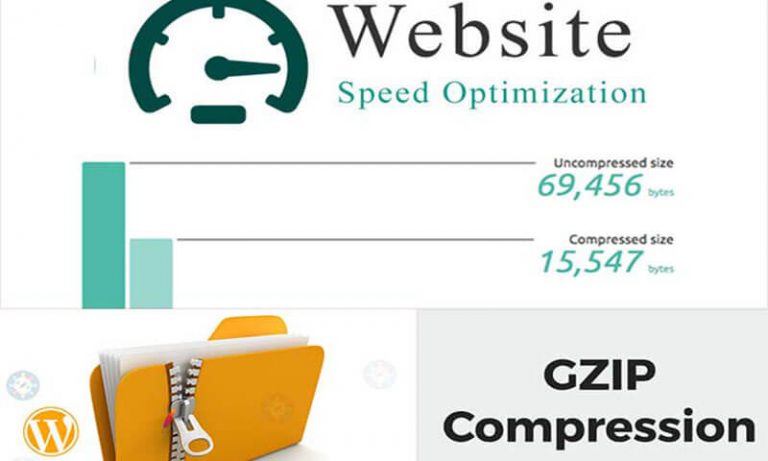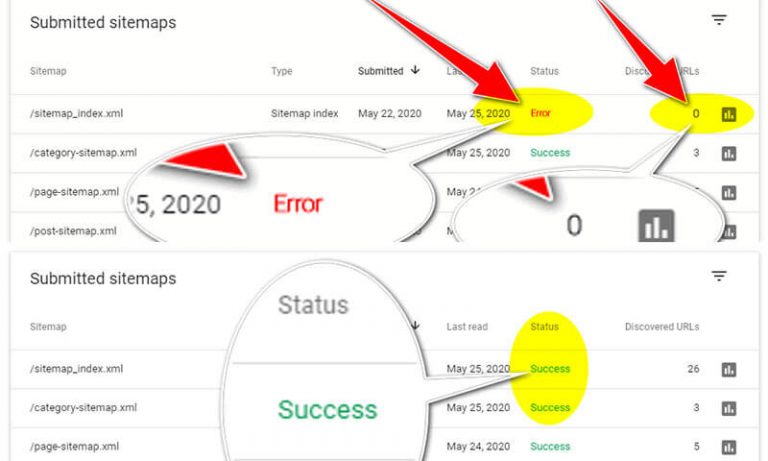If you’re considering starting a blog on WordPress, it’s important to understand the costs involved. By doing so, you can effectively budget and plan for your new venture. Many factors can affect the cost, from hosting fees to premium themes and content creation expenses. In this section, we will explore these various costs in detail, so you can get a better idea of how much it costs to start a blog on WordPress.
Key Takeaways:
- Starting a blog on WordPress comes with various costs that need to be considered.
- The costs can vary depending on factors such as hosting, premium themes, and content creation expenses.
- By understanding the expenses involved, you can effectively budget and plan for your new blog.
- Knowing the costs can help you determine the long-term viability of your blogging venture.
- Stay tuned as we dive deeper into the specific costs associated with starting a blog on WordPress.
Blog Setup and Hosting Expenses
When starting a blog on WordPress, you will need to consider the setup and hosting expenses. These costs can vary based on your needs and preferences, but it’s important to carefully consider them to ensure that your blog is set up for success. To help you understand the potential expenses involved, we’ve outlined the main costs below:
| Expense | Cost Range |
|---|---|
| Domain Name Registration | $10-$50 per year |
| Hosting Plan | $2.75-$45 per month |
| Additional Features and Themes | $0-$200 per year |
Note: The cost range for hosting plans can vary significantly based on your needs and preferences. Some hosting providers, such as Bluehost or SiteGround, offer affordable plans that include a free domain and basic features, while others, such as WP Engine, offer more expensive plans with advanced features and support.
Blog Setup and Hosting Expenses
When setting up your blog on WordPress, you’ll first need to choose a domain name and register it with a domain name registrar. This can typically be done for around $10-$50 per year, depending on the domain name extension you choose and any additional services you may need.
Next, you’ll need to choose a hosting plan for your blog. Hosting plans can range from as little as $2.75 per month to as much as $45 per month, depending on the type of plan you choose and the hosting provider you select. Some providers offer shared hosting plans, which are ideal for small blogs that don’t receive a lot of traffic, while others offer more advanced plans, such as managed WordPress hosting or VPS hosting, which are better suited for larger blogs with higher traffic volumes.
Additionally, you may choose to purchase additional features or themes to enhance the functionality and appearance of your blog. These can include premium themes that offer more customization options, advanced features such as e-commerce functionality or caching, or plugins that help improve your blog’s performance or search engine optimization. The cost for these features can vary, but you can typically expect to spend anywhere from $0 to $200 or more per year.
By carefully considering these expenses and selecting the appropriate hosting plan and features for your blog, you can help ensure that your blog is set up for success.
Choosing a Domain Name and Hosting Plan
When starting a blog on WordPress, one of the first things you need to consider is choosing a domain name and hosting plan. Your domain name is the web address that people will use to find your blog, and your hosting plan is the service that stores your blog on a server and makes it accessible online.
The cost of a domain name can vary depending on the registrar you choose and the type of domain you want. Generally, a .com domain will cost around $10 to $15 per year, while other domains like .org or .net can cost a bit more. Some hosting plans will offer a free domain name, so it’s worth considering your options before making a purchase.
Hosting plan fees can also vary depending on the type of hosting you choose. Shared hosting is the most affordable option and can cost as little as $3 to $10 per month. This type of hosting involves sharing a server with other websites, which can sometimes impact the speed and performance of your blog. Alternatively, you can opt for a virtual private server (VPS) or dedicated hosting, which offer more resources and flexibility but can cost significantly more.
WordPress hosting options are specifically tailored to WordPress websites, offering features like automatic updates and backups, as well as enhanced security. These plans can cost anywhere from $5 to $50 per month depending on the hosting provider and the features offered. It’s important to choose a hosting plan that can support the size and needs of your blog, while also fitting within your budget.
Additional Features and Themes
While WordPress offers a variety of basic features and themes, you may want to enhance your blog by adding additional features or purchasing premium WordPress themes. These can make your blog more unique, visually appealing, and user-friendly.
However, it’s important to consider the cost of these extras. Premium WordPress themes can range from $20 to $100 or more, depending on the level of customization and support offered. Some themes may come with additional features included, while others may require you to purchase add-ons separately.
When it comes to additional features, the price can vary widely depending on the type and complexity of the feature. Some popular features include social media integration, e-commerce capabilities, and advanced search functions. Some may be available as free plugins, while others may require a one-time or ongoing fee.
Before purchasing any additional features or themes, it’s important to carefully consider whether they are necessary for your blog and whether the cost is worth the benefit. You may also want to research user reviews and consult with other bloggers to determine which options are the most reliable and provide the best value.
Content Creation and Maintenance Costs
Creating quality content for your blog is essential to establishing a loyal readership base. However, it can come with its own set of expenses. Let’s take a look at the costs associated with content creation and ongoing blog maintenance.
Content Creation Expenses
There are several expenses involved in creating content for your blog, including:
- Writer’s fees: If you’re unable to create content yourself, you may need to hire a freelance writer or agency to create content for you. The fees for each article may vary depending on the writer’s experience and the length of the article.
- Editing fees: Even if you write your own content, you may need to pay for professional editing services to ensure your writing is error-free and engaging.
- Stock photos and videos: Including high-quality images and videos in your blog posts can help to make them more engaging. However, purchasing stock photos and videos can add up quickly.
It’s important to factor in these expenses when budgeting for your blog’s ongoing content creation.
Blog Maintenance Fees
In addition to creating content, maintaining your blog is also important for keeping your readers engaged and increasing traffic. However, this can come at a cost as well. Some common expenses involved in maintaining a blog include:
- Website updates: As your blog grows, you may need to invest in regular website updates to ensure it functions properly and stays up to date with the latest design trends.
- Security and backup services: Keeping your blog safe from hackers and backing up your website regularly is crucial for protecting your content. However, these services can come with a monthly or annual fee.
- Technical support: If you’re not tech-savvy, you may need to pay for technical support to help you troubleshoot any website issues that arise.
Outsourcing some of these tasks can also come with additional expenses. However, it can free up your time to focus on creating more content and growing your blog.
By factoring in these content creation and maintenance expenses, you can budget effectively for your blog’s ongoing success.
Marketing and Promotion Expenses
Once you’ve set up your WordPress blog, it’s time to start thinking about how to promote it. Getting your blog in front of readers requires marketing and promotional efforts, which can come with their own set of expenses.
There are a variety of strategies you can use to promote your blog, from social media marketing to email marketing campaigns. Some of these strategies may be free, while others may require a financial investment.
One of the most effective ways to quickly gain exposure for your blog is through paid advertising. Platforms like Facebook Ads and Google AdWords allow you to target specific audiences and track your results, making it easier to optimize your campaigns for maximum results.
However, paid advertising can also be expensive, especially if you’re targeting a competitive market or using broad targeting that results in a high cost per click.
Other promotional strategies like influencer marketing or guest blogging may require more time and effort but can be effective in reaching new audiences and building your brand.
Ultimately, the amount you spend on marketing and promotion will depend on your goals and budget. While some bloggers may be able to rely solely on free marketing channels, others may need to invest in paid advertising to see the kind of results they’re looking for.
Monetization Potential and Return on Investment
Now that you have a better understanding of the costs involved in starting a blog on WordPress, it’s time to consider the potential for monetization and return on investment (ROI). Monetizing your blog can help turn it into a profitable venture while also providing you with the motivation to keep creating high-quality content.
There are several ways to generate revenue from your blog, including affiliate marketing, sponsored posts, and advertising. By partnering with brands that align with your blog’s niche, you can earn commissions on sales generated through links on your blog. Similarly, sponsored posts allow you to earn money by promoting products or services in your content. Advertising is another popular monetization strategy, but you will need to have a significant amount of traffic before it becomes a viable revenue stream.
When considering the potential for ROI, it’s important to take into account both the financial and non-financial benefits of blogging. While the financial returns may take time to materialize, blogging can provide invaluable opportunities for personal and professional growth. By establishing yourself as an expert in your field and building a loyal audience, you can leverage your blog to land paid speaking engagements, consulting opportunities, and other business ventures.
ROI Analysis
One way to measure the ROI of your blog is to track the growth of your audience and engagement metrics over time. By analyzing your blog’s traffic, social media engagement, and email list growth, you can identify trends and make data-driven decisions about how to optimize your content and marketing strategies.
It’s important to note that ROI analysis should not be limited to financial metrics alone. Non-financial benefits, such as increased visibility, networking opportunities, and personal growth, can also contribute to your ROI. By setting realistic goals and tracking your progress regularly, you can ensure that your blogging efforts are generating a positive ROI in all aspects of your life.
Ultimately, the potential for monetization and ROI will depend on the niche of your blog, the quality of your content, and your marketing strategies. By staying committed to creating high-quality content and building an engaged audience, you can turn your blog into a profitable and fulfilling endeavor.
Conclusion
Starting a blog on WordPress can be an exciting venture, but it’s important to remember that it also comes with its own set of costs. By understanding the various expenses associated with creating and maintaining a blog, you can effectively budget and plan for its success.
When considering the costs of starting a blog on WordPress, remember to factor in expenses such as domain name registration, hosting plans, additional features and themes, content creation and maintenance costs, marketing and promotion expenses, and the potential for monetization.
By carefully analyzing these costs and budgeting effectively, you can create a sustainable and successful blog that generates income and provides value to your readers. Remember, the key to success is in the planning and execution, so take the time to research and plan before jumping in.







